Using a speargun to shoot a fish is one of the oldest, most selective and sustainable forms of fishing. Early civilizations were familiar with the custom of spearing fish from rivers and streams using sharpened sticks.
Currently, spearfishing makes use of elastic powered spearguns and slings, or compressed gas pneumatic powered spearguns, to strike the hunted fish.
Slings or Band powered spearguns
Use a rubber bungee under tension to propel the shaft through the water. They are the most popular spearguns on the market as they are simple, powerful, accurate and easy to maintain.
Aiming is easy with a band-powered gun, especially with open muzzles where the diver can see the complete path of the shaft. Unlike Pneumatic spearguns, this gun’s power can be increased dramatically simply by adding more bands, which a diver can load one at a time thus achieving great combined power. Band-powered spear guns also require very little maintenance.
Most band-powered spearguns use a 6.5mm or 7mm (9/32”) shaft. Band-powered spearguns are measured from the muzzle to the handle. Popular lengths include 90cm, 100cm, 110cm, and 130cm (19.7” to 51.2”). The barrels on band-powered spearguns are made of aluminum, carbon fiber or wood. No special loader is required to load a band-powered gun, but it is recommended that the diver wears gloves and a chest loading pad as protection. Multi-band guns require more time to load, which increases depending on how many bands are installed on the gun.
One of the few downsides to using a band-powered gun is the thin shaft thickness. The 6mm to 7mm (9/32”) shafts commonly employed for use with a band-powered gun will frequently bend if used on larger fish
Pneumatic guns
Pneumatic spearguns were very popular in the 1960s and 70s, but today they are only popular in some parts of the world. These powerful weapons present minimal recoil and make long shots possible with a certain degree of accuracy. The power of a pneumatic gun can be increased depending on the amount of air pumped into it; however, since the gun needs to be loaded by the diver, the gun’s power is limited to the strength of the hunter (although special loading devices and good technique can minimize the strength required to load the gun). Pneumatic spearguns can be categorized as those with “Hi-Low” power actuators and those without.
For the most part pneumatic spearguns use a thick 8mm (5/16”) shaft (spear) which is very difficult to bend, offers great impact, and penetration on larger fish. The gun’s length is measured from the handle to the tip of the muzzle, with common sizes including 55cm, 70cm, 90cm, 100cm, 110cm, and even 135cm (21.7” to 59”). In general, smaller pneumatic guns can be loaded quickly and easily, but larger ones may be both difficult to load and require special loading tools. In both cases, the diver using a pneumatic speargun needs a loader at all times.
Some pneumatic spearguns have a Hi-Lo power actuator. This device can shut off the main reservoir of air and allows for close-range shots, easy loading for larger guns with higher pressure, and trouble-free discharging of the gun before exiting the water.
While pneumatic spearguns offer a reliable, compact and powerful gun, there are some downsides that must be considered. For example, aiming can be challenging with a pneumatic speargun since the shaft exits from the center of a larger cylinder. In addition, pneumatic guns are noisy when fired, which can scare other fish within the area. Finally, pneumatic spearguns require more maintenance including additional servicing and inspection to prevent the compressed air from leaking and overall mechanism failure.
Speargun Sizes
The most popular spearguns to start with are between 90cm to 110cm in length. This length gun will allow you to hunt and land quality reef and smaller pelagic species with an effective range of 3 to 4 meters. Those doing close inshore work chasing smaller fish species or that generally dive in dirty water might drop down to a 75 cm size speargun. Those that want to chase larger pelagic species such as Kingfish, Bluefin Tuna, Spanish mackerel or Mahi Mahi will typically use a longer 130 cm speargun.
Speargun Regulations
Be sure to check your local laws regarding the possession and/or use of spearguns as it does vary from state to state, In Australia they are not classed as a firearm and you do not require a firearms license or any other license to buy, sell or use but in some states like here in victoria you will require a fishing license if you intend to take fish with a speargun.
Shafts
Shafts range from 6mm to 10mm and are manufactured out of stainless steel, spring (hardened) stainless steel or galvanized steel. Stainless steel is the best of these materials for resisting corrosion, but it is also the material that bends with the least amount of force. Galvanized steel is stronger, but even galvanized steel will rust after a short period of exposure to saltwater. The best compromise is hardened stainless steel. Usually these shafts have a brownish color obtained when the metal was heat treated. This color can be polished off and the shaft will look shiny like stainless steel and remain less prone to bending.
The most common tip for a shaft is the single barb (flopper) style with the points milled directly into the shaft. Shafts with these tips are commonly referred to as either Hawaiian or Tahitian flopper shafts. Hawaiian refers to shafts with floppers on the bottom, and Tahitian refers to shafts with floppers installed on top. These differences do impact the trajectory of the shaft, so the best option varies from gun to gun and is often based on personal preference. The stainless steel flopper is generally about 3 inches (7.6cm) long and is installed about one flopper’s length from the tip of the shaft. The flopper itself provides holding power by “flopping” open (or “engaging”) after penetrating the far side of the fish and then resting perpendicular to the body of the fish and stopping the shaft from pulling back through the hole.
There are also threaded shafts that will accommodate an array of spear tips commonly available on the market. American made shafts have a 6mm metric thread, while some European shafts have a 7mm metric thread. Hawaiian and Tahitian flopper shafts are the most popular shafts, as they are light, accurate, easy to remove from fish, less expensive than threaded tipped shafts, and provide minimal drag.
Bands (Rubbers)
Two factors affect a band’s power potential: stretch and diameter. All other things being equal, a 9/16-inch band provides less potential power than a 5/8-inch band. Adding additional bands increases the power potential in a linear fashion (i.e. two 5/8-inch bands yielding 100 pounds (45.4kg) of power potential. Each band, combined, yield 200 pounds (90.7kg)). Bands are frequently made of latex and come in diameters of 9/16-, 5/8-, and 3/4-inch. Some bands come with wishbones already installed, although some divers prefer to buy their own band material and install their own wishbones.
Shooting Line
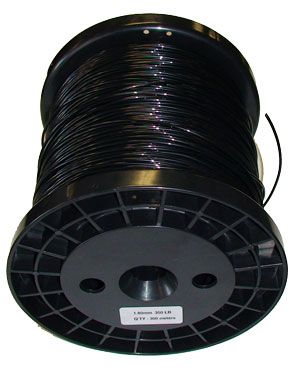
The line attached to the spear shaft is called the shooting line. Shooting lines may be attached to the gun, a gun-mounted reel or a float line. Shooting lines are commonly available in nylon, Kevlar, monofilament, and stainless steel cable. Other options include braided, waxed and coated. As a rule of thumb, stiffer lines prevent tangles. The strength of shooting lines generally varies between 200 and 1000 pounds (90.7kg and 453.6kg) test. Keep in mind, the weakest link in a shooting line is always the point of attachment. Nylon and monofilament shooting lines work well in most situations.
Muzzle Types
The muzzle is at the business end of the speargun and both hold the bands (on a band-powered speargun) and directs the shaft. There are both open and closed muzzle designs. While both open and closed muzzles have their pros and cons, one indisputable advantage to an open muzzle is the line-of-sight gained down the shaft. Open muzzles also tend to be quieter than closed muzzles. Nonetheless, an open muzzle gun is more difficult to reload, and some people feel an open muzzle is not nearly as accurate, especially on a high-end spear gun. Like many things in this sport, the choice of open or closed muzzle often comes down to personal preference.
In addition to being open or closed, muzzles also vary in the type of bands they can accept. Make sure to get either a screw-in or loop muzzle design based on the type of bands you intend to use. Overall, loop bands are less expensive and, in many people’s opinions, more reliable.
Finally, it is important to pay attention to the muzzle material. Nylon muzzles hold up to the force placed on them better than aluminum.
Rigging
Spearguns are typically rigged with the shooting line attached 1) to the muzzle of the gun with a shock cord, 2) to a gun-mounted reel or 3) to a detachable float line. For small fish, a shooting line with a shock cord that is attached directly to the gun is appropriate. When hunting larger fish, using a shock cord set-up will eventually lead to a lost gun, which is why many big game hunters use a float line or reel.
A floatline may either be detachable so that once the fish is speared the shooting line automatically transfers onto the floatline, or a floatline may be attached to the gun itself, leaving the gun inline between the float and the speared fish. In most cases, the former is a preferable set-up to the latter, but both can be effective when hunting big game.
A gun-mounted reel is a real advantage when spearfishing in areas where obstructions such as pilings or kelp may be present. In these situations, the float line can get fouled easily and become more of a hindrance than a help.
Here’s a great simple video of how to rig a speargun: Rob Allen How To-Rigging Dyneema to spear
Some of our favorite spearguns are:
- Rob Allen ‘Scorpia’ Speargun is a superb quality grassroots gun. Including the Rob Allen Vecta 2 handle – one of the strongest, smoothest firing handle on the market today. The gun also features a 6.6mm spring steel spear hardened to ~2000MPA and a 16mm single rubber with Antline Dyneema wishbone.
- Picasso Asegai Speargun is the perfect gun for those beginners looking for an affordable gun that will still give them the performance needed to enjoy spearfishing. The Asegai is equipped with a rigid 28mm black alloy barrel, making this gun more than capable of holding 16mm rubbers o deliver power to the 6mm stainless steel shaft. Loading is made easy for beginner spearos with a closed muzzle

- Salvimar Steel Railgun is a truly deadly speargun which has been designed for the serious spearo who wants to chase big fish with a small gun. At the heart of this new release railgun from Salvimar is their game changing new full Metal trigger mechanism.
- Ace custom speargun, this is when you know what you want and what you will be hunting. With limitless designs and options for the truly stand out gun of your dreams, whether you are after a trophy gun or custom one offs this is their specialty.
Conclusion
When it comes to spearguns, there is enormous diversity. Every day manufacturers around the globe are spending millions of dollars to innovate and design the perfect weapon for underwater hunting. The thing to keep in mind is that every speargun has its pros and cons, and what it really boils down to is that there is no one spear gun suitable for all conditions, all species or all divers. Know before you buy, and take your time to make the right choice based on your needs, understanding that ultimately, a diver must have a selection of spear guns to be effective in all conditions.
Your speargun is the most important tool in your spearfishing kit and as such it is important that you put aside at least half of your spearfishing budget to purchase a high quality speargun that will last.
You can compromise on certain items of equipment, but not your speargun. You get what you pay for, so buy the best gun you can, given your budget at the time
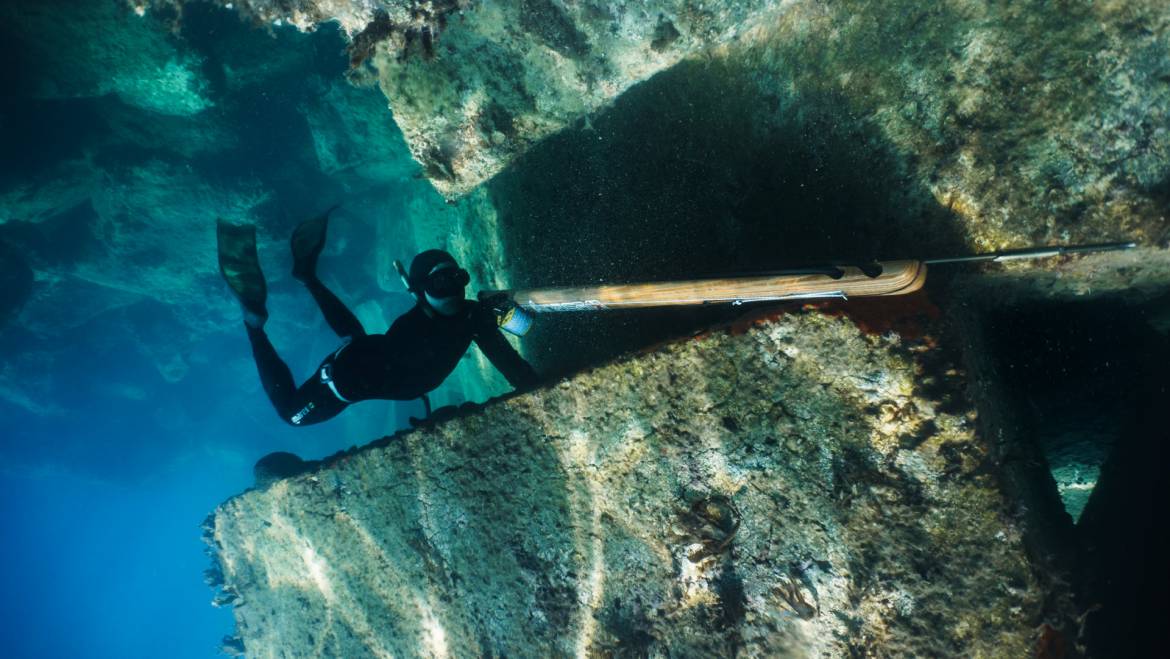
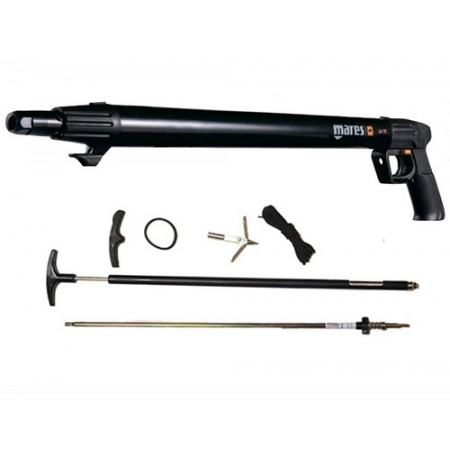
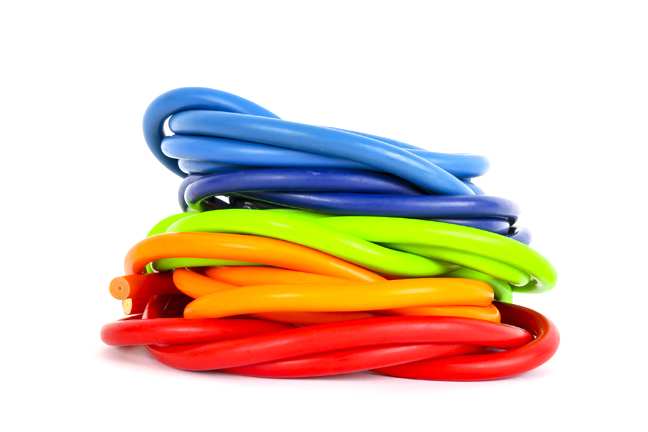
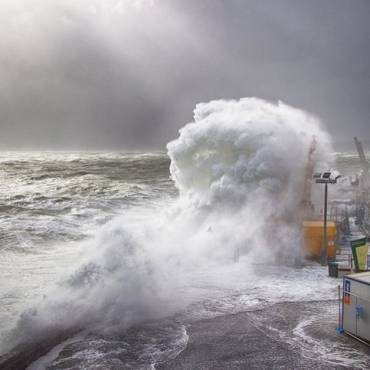
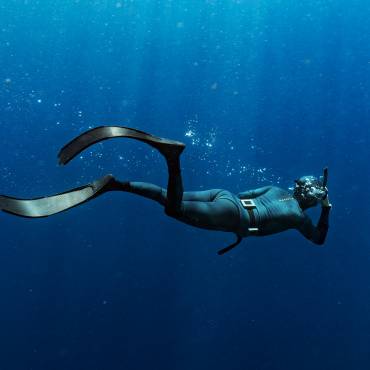

Add Comment